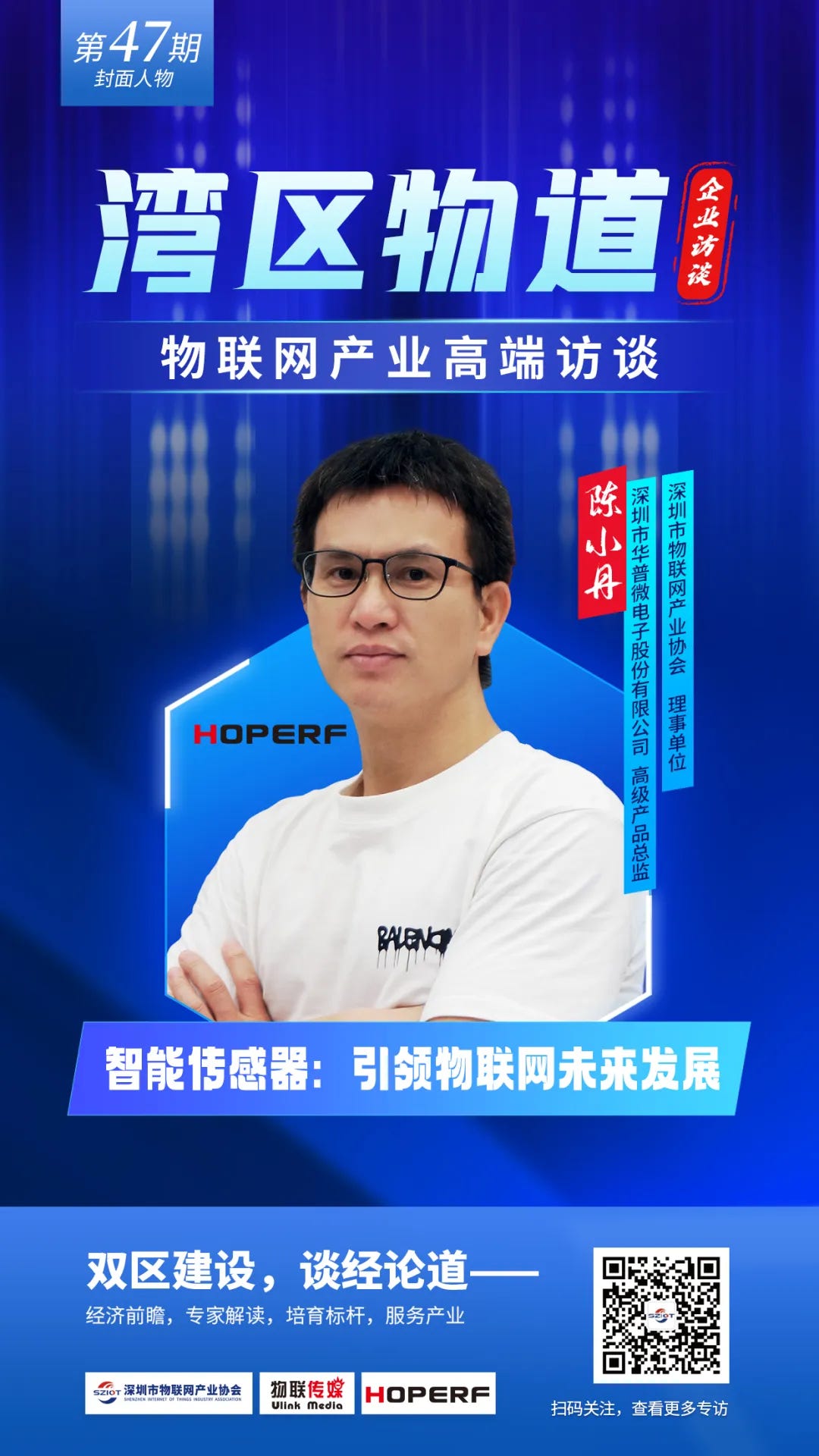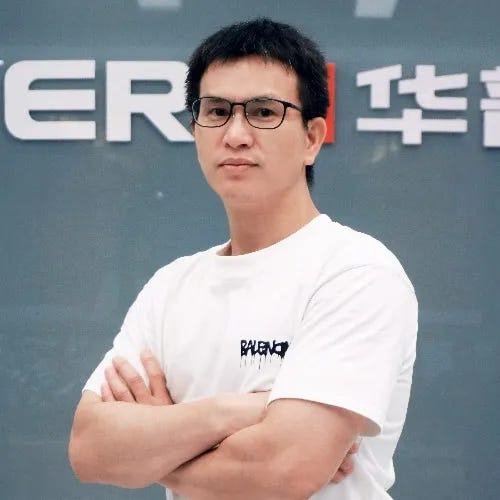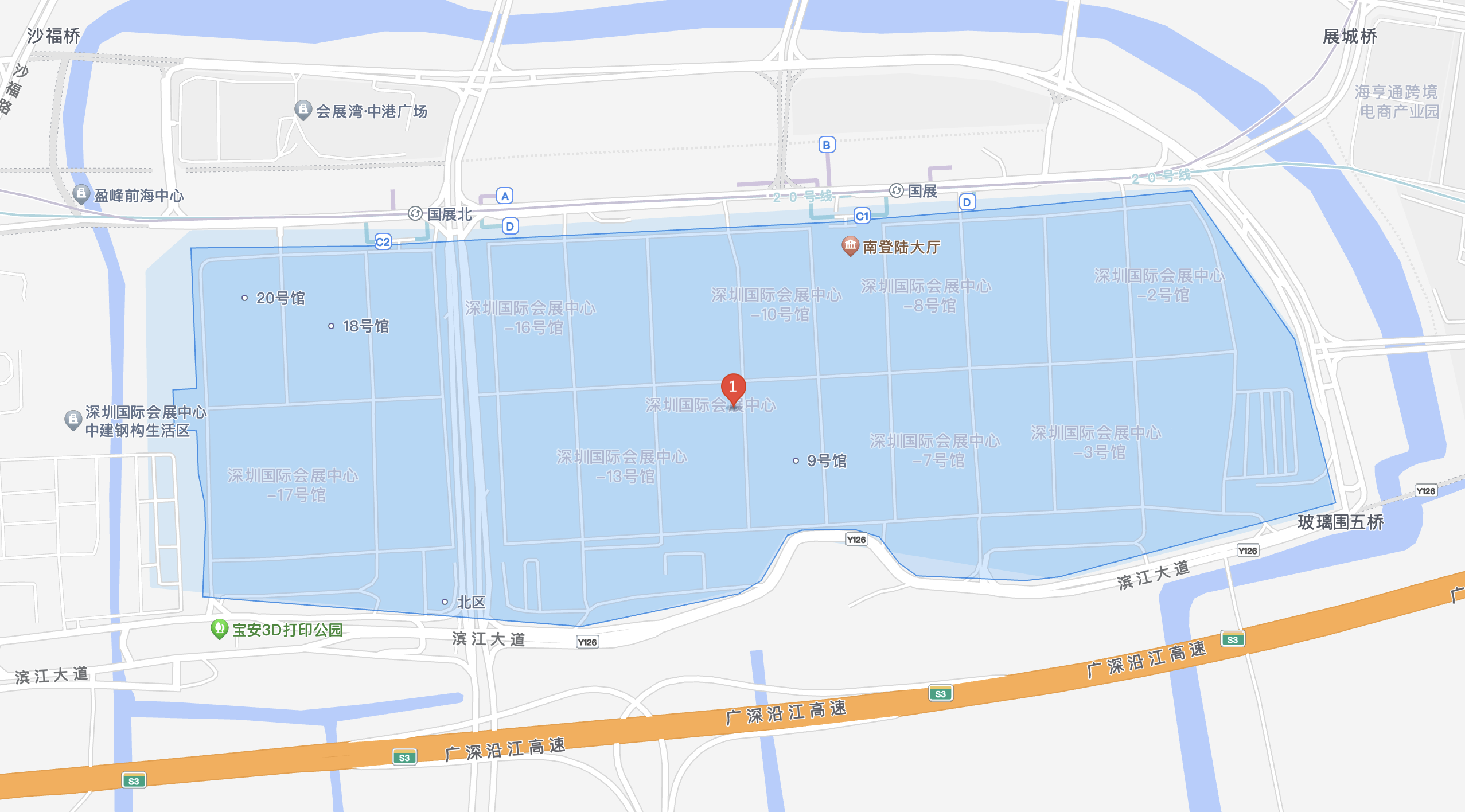Shenzhen Internet of Things Industry Association’s premium column “Bay Area Things” series of interviews, dialogues with experts and scholars, government officials, Greater Bay Area Chamber of Commerce Association and entrepreneurs, interpreting and publicizing support policies; analyzing the development of market industry technology; and helping the Internet of Things ecology System.

In the AIoT industry, smart sensors play an indispensable role. They are equivalent to the “perception nerves” of the entire system. If the AIoT system is a person, smart sensors are human sensory organs, similar to human eyes, ears and skin, but their perception capabilities far exceed human senses.
With the rapid development of industries such as the Internet of Things, Industrial Internet, and smart manufacturing, the global smart sensor market has maintained steady growth. The size of my country’s smart sensor market has exceeded 100 billion yuan, and the annual compound growth rate in the next few years will remain above 15%.
Huapu Micro is a national high-tech enterprise focusing on the fields of wireless radio frequency and sensors. It has now developed into a complete industrial chain company in China integrating ASIC chip design, MEMS sensor chip design, packaging, testing and calibration technology, and application services.
So, is my country’s current sensor technology stuck? How should sensor companies respond?
This is the 47th issue of “Greater Bay Area IoT”. In this interview, we talked with Mr. Chen Xiaodan, senior product director of Shenzhen Huapu Microelectronics Co., Ltd., a governing unit of the Shenzhen Internet of Things Industry Association. He has more than 20 years of experience in semiconductor sensors. R&D and application experience. In this interview, he shared the current application status and future trends of smart sensors in the Internet of Things industry, hoping to bring more inspiration and value to enterprises.

Chen Xiaodan
Senior Product Director of Huapu Micro
◈ The person in charge of the sensor product line of Shenzhen Huapu Microelectronics Co., Ltd. is currently fully responsible for the company’s sensor product research and development, application promotion, market strategy and product planning.
◈ Graduated from South China Institute of Technology, majoring in computer science and technology, with a master’s degree. He has more than 20 years of experience in semiconductor sensor R&D and application. He has worked for many well-known domestic and foreign companies such as 3M China, Jinpeng Group, and Zhujiang Telecom, and is specifically responsible for the research and development of sensor products, technology research and innovative practices.
◈ The fingerprint sensor chip, image sensor chip, voltage sensor chip, temperature and humidity sensor chip, etc. that we lead the research and development have been widely used in many projects & scenarios, such as Hong Kong Immigration Management, Ping An Guangzhou Smart City, and the base stations of the three major operators, etc. projects.
As an important means of sensing information and collecting data, smart sensors have been included in Shenzhen’s “20+8” industrial cluster. What opportunities and challenges will this bring to sensor companies?
I think it is of great significance for smart sensors to be included in Shenzhen’s “20+8” industrial cluster list! This indicates that smart sensor technology has been identified by the government as one of the strategic emerging industries, and supporting policy support and development opportunities will be provided to quickly promote the healthy and orderly development of smart sensor technology.
opportunity:
1. Increased market opportunities: As part of the “20+8” industrial cluster, the smart sensor industry will benefit from the cluster effect and market opportunities will be further expanded. With the development of related industries within the cluster, the demand for smart sensors will continue to grow, including smart manufacturing, smart cities, smart transportation, smart life and other fields, bringing a broader market space to the industry.
2. Enhanced policy support: The government will increase policy support for the smart sensor industry, including financial subsidies, tax incentives, R&D funds, etc., which will help reduce corporate costs, promote technological innovation and product upgrades, and enhance related Company competitiveness.
3. Industry chain cooperation opportunities: As an important part of the industry chain, smart sensor companies will form positive interactions with other companies in the industry chain, jointly promote the coordinated development and innovation of the industry chain, and share the dividends of industrial development.
challenge:
1. Intensified technological competition: With the increase in government support and market opportunities, the smart sensor industry will face more intense technological competition. Enterprises need to continuously improve their technical level and increase investment in R&D to maintain market competitiveness.
2. Supply chain risk: The production of smart sensors requires a complete supply chain system, including raw material suppliers, parts suppliers, etc. Disruption or instability in the supply chain may affect the company’s production and delivery plans and increase the company’s operational risks.
3. Market competition pressure: As market opportunities increase, more and more chip companies will enter the smart sensor market, and industry competition will become more intense. Enterprises need to develop effective marketing strategies and improve product quality and service levels to win market share and maintain competitive advantages.
Therefore, the inclusion of smart sensors in the “20+8” industrial cluster will provide enterprises with broader market opportunities and policy support, help promote the healthy development of the entire smart sensor industry chain, and then promote the continued growth and transformation and upgrading of the semiconductor industry.
What is the current level of my country’s sensor research and development in the world?
At present, China’s sensor technology is at the mid- to upper-international level! We can find out from five aspects:
1. Government support and investment: At present, the Chinese government, together with the National Development and Reform Commission, has promulgated a number of guidance documents, such as the “National Medium and Long-term Science and Technology Development Plan Outline”, “National Key R&D Plan” and other policy documents. The documents clearly state the need for sensors. Technical support and guidance. In addition, the Chinese government has also established a series of special science and technology funds to support the research, development and industrialization of sensor technology, such as the “863 Plan”, “973 Plan”, etc. These capital investments have provided strong support for the innovation of sensor technology.
2. Technical talent reserve: China’s universities and scientific research institutes have cultivated a large number of professionals in the field of sensors. For example, well-known universities such as Tsinghua University and Peking University have established intelligent sensing engineering majors, established relevant scientific research institutions and laboratories, and trained a group of high-level sensor researchers.
3. Integration of industry, academia and research: China has established a number of innovation platforms for industry-university-research cooperation. For example, the Institute of Microsystems and Sensing Technology of the Chinese Academy of Sciences has cooperated with domestic and foreign enterprises to carry out a series of sensor technology research and development projects and achieved a number of important results. In addition, China has also established a number of national-level sensor engineering technology research centers and laboratories to promote the transformation and application of sensor technology.
4. Market opportunities: China is one of the world’s largest manufacturing bases and consumer markets, with a huge demand for sensors. With the rapid development of China’s intelligent manufacturing industry, the demand for high-precision and high-reliability sensors has greatly increased, promoting the progress and innovation of sensor technology. At the same time, China’s applications in smart cities, Internet of Things, intelligent transportation and other fields also provide a broad market space for the development of sensor technology.
5. International cooperation and exchanges: China and other countries around the world have carried out extensive international cooperation and exchanges in the field of sensor technology. For example, the Chinese Academy of Sciences-Austria cooperation project: high-performance nanomaterials and devices (including sensors and detectors), precise detection and surface functional modification, and key technology research on safe and reliable wireless sensor networks for smart factories, jointly promoting the research and development of sensor technology and Innovation. At the same time, China also actively participates in the formulation of international standards and international sensor technology conferences and other activities, continuously improving its status and influence in the international sensor field.
What development difficulties does China’s industrial sensors face? How should sensor companies respond?
Compared with ordinary sensors, industrial sensors have higher requirements in terms of function, accuracy, stability, and environmental adaptability. However, the development time of industrial sensors in China is relatively short, and there is still a large gap in technical level, especially in core technologies. I think the current development difficulties faced by China’s industrial sensors are mainly concentrated in the following four aspects:
1. The technical level is not high: Compared with some leading foreign sensor technology companies, the technical level of China’s industrial sensors still lags behind, especially in core technologies. There is a large technical gap with foreign sensor manufacturers, resulting in our industrial High-end application scenarios such as the field of electronics and new energy vehicles still rely heavily on foreign sensor manufacturers, making it impossible to achieve true domestic substitution.
2. Insufficient innovation capabilities: The sensor industry needs continuous technological innovation, but some Chinese sensor companies face challenges in innovation capabilities and lack core technologies and innovative results with independent intellectual property rights, resulting in serious product homogeneity and insufficient market competitiveness. Unable to quickly keep up with changes in market demand.
3. Product standardization and quality control: Due to the wide variety of sensor products, inconsistent standards, and uneven quality, there are cases where the quality of some products does not meet standards, which affects the reputation and development of the entire industry.
4. Fierce market competition: The market competition in the sensor industry is fierce. There are many competitors from home and abroad. In particular, leading foreign companies have obvious technological and brand advantages, which has intensified the market competition pressure on Chinese sensor companies.
Facing higher requirements for industrial sensors, how should our Chinese sensor companies respond and seize the opportunities of the times?
1. Strengthen technology research and development: Increase investment in research and development of sensor technology, cultivate and introduce high-level research and development talents, establish a research and development team, and cooperate with universities and scientific research institutions to carry out scientific research projects to accelerate breakthroughs and innovations in core technologies. In terms of core materials, chip manufacturing processes, advanced packaging technology, automated testing equipment, etc., we benchmark against international sensor manufacturers to truly improve the measurement accuracy, reliability, and consistency of our products and achieve true domestic substitution.
2. Optimize product structure: At present, domestic sensor products are highly homogenized, with almost overlapping technical specifications and application scenarios. Instead of trying to improve product competitiveness, sensor manufacturers are desperately trying to “roll up” costs and rely on low-price strategies to seize market share, resulting in The sales profits of some sensor manufacturers have continued to decline, and they have even suffered losses. They lack funds to invest in the research and development of new products and technologies, and have fallen into a long-term vicious cycle. We hereby call on domestic peers to optimize product structure based on market demand and technological trends, launch high-performance, high-quality products that meet market demand, and strengthen differentiation capabilities.
3. Strengthen standardization and quality control: As the most advanced signal sensing device, sensors’ core technical indicators are the measurement accuracy, reliability and consistency of the product. Some domestic sensor manufacturers are unilaterally pursuing production costs and production efficiency. They do not strictly control product raw materials in the manufacturing process, and even deliberately relax product inspection and testing standards. As a result, some sensors obviously fail to meet customer application requirements, and there are many problems on the client side. Quality problems have seriously affected the brand reputation and product impression of domestic sensor manufacturers. It is recommended to establish a complete product standardization system and quality management system, produce in strict accordance with standard requirements, strengthen the control of raw materials, production processes and product quality, and improve product quality and market competitiveness.
4. Expand market channels: Actively expand domestic and foreign market channels, establish a sound sales network and channel system, strengthen cooperation and communication with customers, and increase product market share and brand influence. At the same time, we strengthen market research, timely grasp market trends and customer needs, and provide reference for product development and market promotion.
What are the main application scenarios of sensors in the Internet of Things industry?
NFC technology can not only promote the interconnection of IoT devices, but also enrich IoT application scenarios, improve the security of IoT devices, and promote the innovation and development of the IoT industry. NFC technology provides a simple and secure way for IoT devices to exchange data and control devices. NFC provides an additional layer of security when interacting with endpoints on IoT networks. Moreover, this technology’s low power consumption and easy integration make it an ideal choice in scenarios such as smart homes, health monitoring equipment, and industrial automation. All in all, NFC can simplify the device setup process, improve user experience, and enable secure device authentication and configuration.
ACS is about to launch a Wi-Fi NFC reader and writer, which can effectively operate across platforms by connecting to the Internet of Things (IoT) through Wi-Fi, bringing revolutionary solutions to the fields of readers and writers and the Internet of Things. The notable feature of this reader is its wireless networking and support for connecting to cloud servers, allowing it to easily integrate with various devices and platforms without relying on traditional physical connections. Its high flexibility allows the reader to be deployed at any location and connected to the cloud server via Wi-Fi network to achieve remote management and data synchronization.
This innovation is of great significance to the IoT field because Wi-Fi NFC readers effectively solve the problem of connecting physical devices to the Internet. Using this reader, IoT devices can receive and transmit information in a more secure and convenient way, thereby promoting the development of intelligent decision-making and control.
In addition, the Wi-Fi NFC reader supports a variety of NFC applications and can interact with smart cards, smartphones, wearable devices, etc. It also supports NFC tag simulation functions. It further promotes high-end applications in the IoT ecosystem. To sum up, this new technology of ACS will not only help broaden the application scope of IoT devices, but also provide users with a more convenient, secure and seamless experience.
The Internet of Things is a vast network that connects various devices and sensors, allowing them to collect, exchange and utilize data to improve efficiency and functionality. Let me give you a brief introduction to some typical application scenarios of sensors in the Internet of Things:
1. Smart cities: Sensors are widely used in smart cities, including smart transportation, smart lighting, environmental monitoring, etc. For example, vehicle-mounted sensors and traffic monitoring sensors are used to realize intelligent traffic management, and environmental sensors are used to monitor environmental data such as air quality and noise to realize intelligent monitoring and management of the urban environment. Real-time monitoring of atmospheric pressure changes through air pressure sensors can effectively predict weather changes in local areas and provide early warning information for extreme weather and natural disasters.
2. Smart home: In the field of smart home, sensors can be used for home security, smart home appliance control, environmental monitoring, etc. For example, home security monitoring is realized through door and window sensors, cameras, etc., and intelligent control of the indoor environment is realized through temperature sensors, humidity sensors, etc.
3. Industrial Internet of Things: In the industrial field, sensors play an important role in intelligent manufacturing, equipment monitoring, production optimization, etc. For example, sensors can be used to realize real-time monitoring and predictive maintenance of equipment status, and the optimization and control of production processes can be realized through sensor data during the production process; gas sensors can also be used to real-time monitor the leakage and early warning of toxic and harmful gases, effectively protecting workers and industries. Equipment security.
4. Smart agriculture: Sensors are increasingly used in the agricultural field, including soil moisture sensors, meteorological sensors, light sensors, etc. Through the collection and analysis of these sensor data, functions such as integrated management of farmland water and fertilizer, precision agricultural planting, and meteorological disaster early warning can be realized to improve the efficiency and quality of agricultural production.
5. Health care: In the field of health care, sensors can be used for health monitoring, telemedicine, medical equipment monitoring, etc. For example, real-time monitoring and recording of human physiological parameters can be achieved through wearable sensors, and remote monitoring and maintenance of medical equipment can be achieved through medical equipment sensors.
In short, the application scenarios of sensors in the Internet of Things are very rich and extensive, covering all aspects of life, from smart homes to industrial automation, from smart cities to health care. Sensor technology continues to innovate, bringing unprecedented benefits to all walks of life. Convenience and efficiency improvements.
As a national high-tech enterprise in the field of sensors, what are the core advantages of Huapu Micro? What are your future plans?
Founded in 2004, Huapu Micro is a high-tech enterprise focusing on independent innovation and product development of core devices for the Internet of Things. Based on Sub-1GHz wireless communication RF chips and module products, the company has expanded and developed high-precision MEMS sensors and digital isolator products, forming a product layout that combines key aspects of information sensing and information interaction. After years of accumulation, the company has developed into an Internet of Things system-level service provider integrating RF chip design, firmware and protocol design, application development and testing.
Huapu Micro has long been focusing on independent innovation and technological breakthroughs. After twenty years of accumulation, it has now developed into a leading manufacturer in the field of domestic Sub-1GHz wireless radio frequency chips. The core performance indicators of its products have reached the same level as internationally renowned chip manufacturers. On this basis, the company strives to further develop the ecology of autonomous protocol networks and radio frequency chips, continuously improve the form and richness of its products, and provide customers with more stable, reliable, and complete products and solutions.
This paper is from Ulink Media, Shenzhen, China, the organizer of IOTE EXPO (IoT Expo in China)
Join us at August 28–30 in Shenzhen, and let’s shape the future of technology together!
To register IOTE 2024 Shenzhen station:
https://eng.iotexpo.com.cn/sz/Visitors.html?lang=EN&source=YJ1


















